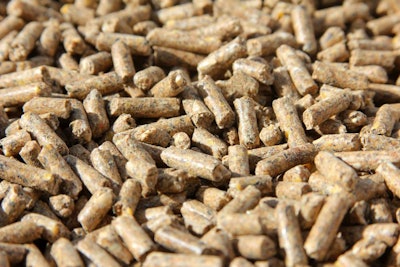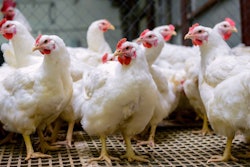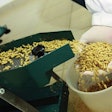
What can nutritionists do to lower energy usage?
The cost of energy, mainly electricity, has skyrocketed in the collective Western world; some say this is because of the ongoing war in Ukraine. Feed mills consume huge amounts of electricity, and the monthly bill only keeps increasing. So, feed mill managers are always on the lookout for ways to keep energy consumption as low as possible. We need to recognize the needs for some operations, some purely for marketing purposes, but if a feed mill has to close down it is better to forgo some “luxuries,” and here are three areas that can be discussed with the nutritionist.
- Pellet size. Sometimes we pellet certain feeds only to make a difference in the market. Some feeds benefit from being pelleted, but to make a difference we make pellets super thin or extra hard. A qualified nutritionist – preferably with a Ph.D. in applied animal nutrition – can distinguish between marketing and animal benefits and discuss this issue with management and clients.
- Grind size. The finer the grind size, the better the feed efficiency, but the more electricity it takes to reduce particle size. Only certain species benefit from a finer particle size, and for other species the opposite is true. However, a coarse grind makes for a more friable pellet, which is not always detrimental to animal performance, but is undesirable from a marketing point of view. In fact, some poultry producers ought to reconsider whole-wheat feeding, whereas powder-style piglet feeds ought to be replaced by more practical feeds.
- Mix time. Mixers are needed to bring all ingredients together into what we call feed. How long we run a mixer to achieve a uniform distribution of all ingredients is variable and depends mainly, but not only, on particle size uniformity. Grinding cereals close to the particle size of soybean or rapeseed meal will ensure a more rapid mixing time. Research has shown that overmixing can cause some ingredients to unmix, whereas complete distribution is not essential to all species.
A larger pellet size, a coarser particle size, and a more rapid mixing time are three easy ways to reduce electricity consumption at the feed mill, but there might be some negative reactions from marketing and even from animals. So, here is where the nutritionist can help close the gap by deciding how far one can go with each measure, taking into account the tremendous cost of electricity, which nobody believes will go down anytime soon.


















